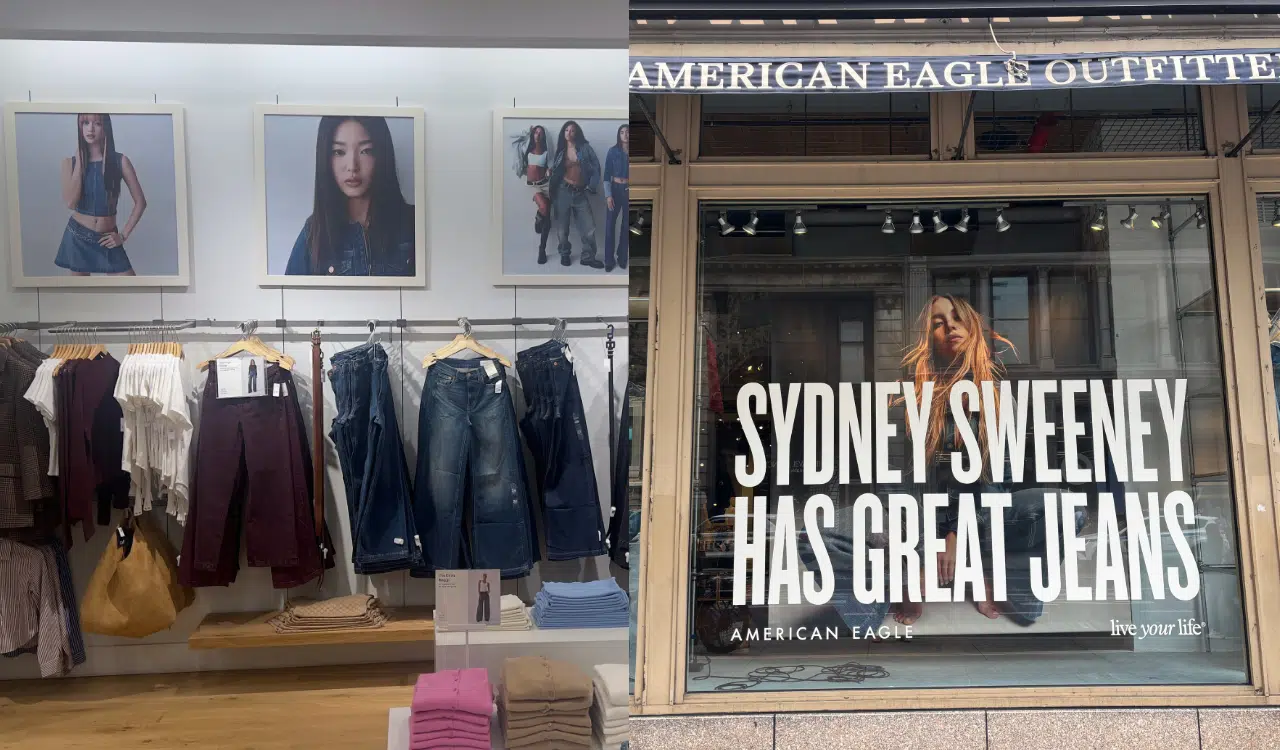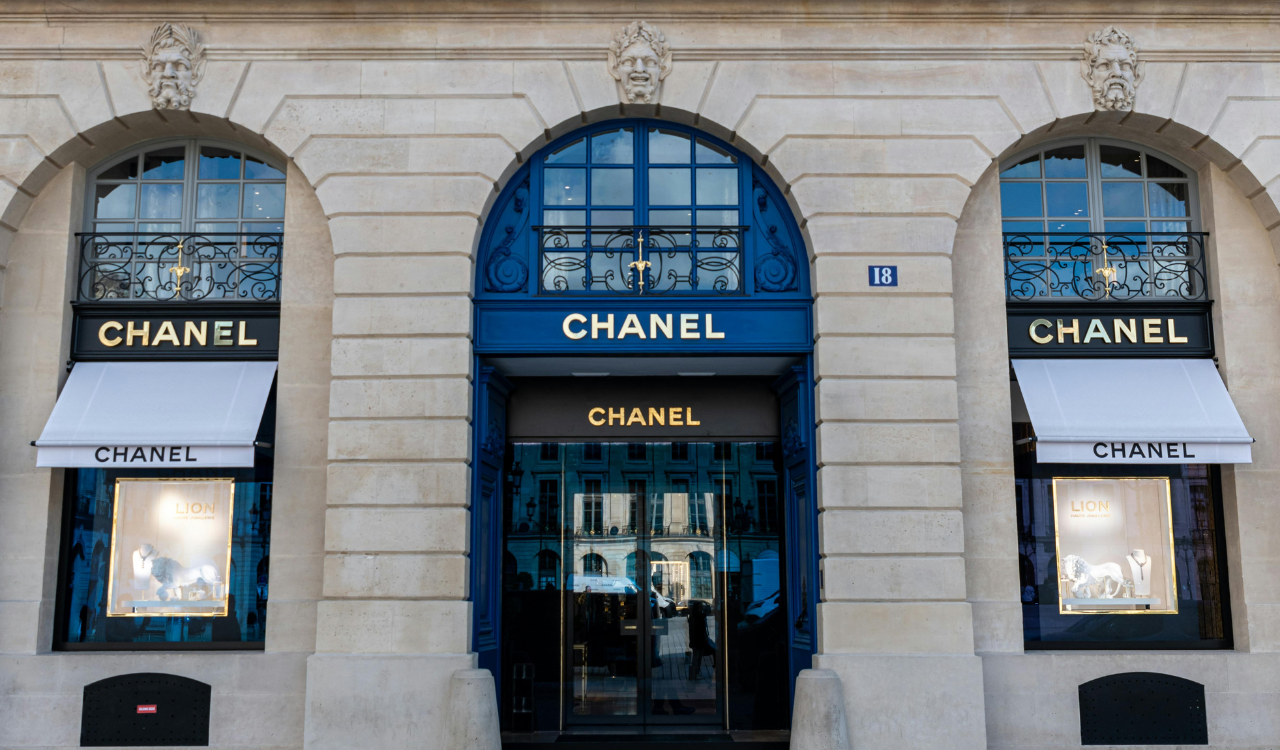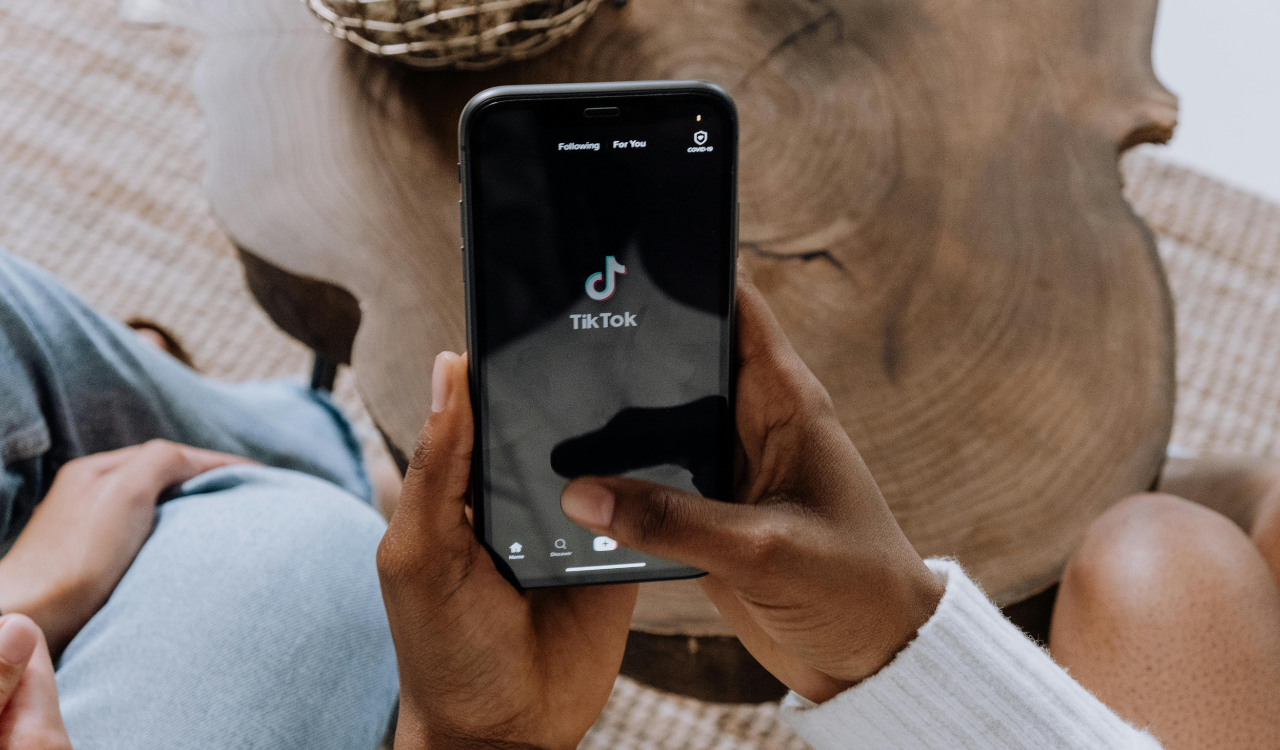It’s been a busy summer for cultural branding and competition to reach next gen customers, especially between two legacy brands. Spokespeople for Gap are claiming that the “Better in Denim” ad featuring the girl group Katseye wasn’t in response to Sydney Sweeney’s contentious “Great Jeans” ad for American Eagle. Katseye are outspoken LGBTQIA+ advocates who speak to a different story, and they got more views on Gap in three days than their prior four releases combined.
The brand’s marketing efforts have been stealing headlines again since Richard Dickson joined as CEO of Gap’s parent company in 2023. The company has seen sales growth for seven straight quarters since Dickson’s sign-on. On consumers’ record-breaking response to the Katseye ad, Dickson said, “People aren’t just watching, but they’re actively joining and suggesting that this is actually a cultural takeover.”
We could speculate about whether Gap’s Katseye ad was truly agnostic to the cultural discourse of our time until the cows come home. Both Gap and American Eagle ads do show us one thing, though: There’s a difference between an ad’s impact and an ad’s stated intent.
Brands in the Public Discourse
Today, fashion brands are driving the discourse. Gap and American Eagle’s August video showdown proved that while brands can choose to escape today’s contentious political climate, it might not be a wise move—at least not for your bottom line. Those behind the Gap X Katseye ad and the American Eagle X Sydney Sweeney campaign both denied awareness of the cultural context surrounding their ads. We have to question the authenticity and intention of both those denials.
It has been well documented that American Eagle claimed ignorance of the alleged eugenics undertones of its “Great Jeans.” More surprisingly, however, spokespeople for Gap are claiming that the “Better in Denim” ad featuring the girl group Katseye wasn’t in response to Sydney Sweeney’s “Great Jeans” ad blitz. The operating theory seems to be that denying awareness of the cultural/political moment that informed the ads might prevent the brands from alienating more middle-of-the-road customers. And it seems to be working—for Gap, at least. Let’s look at the factors that made this collab a success, and how Gap’s CEO and the firm behind the Katseye ad are steering the discourse to their advantage.
Timeliness Meets Emotional Appeal
Gap and Invisible Dynamics, the marketing consultancy behind the Katseye ad, claim that it was conceived of independently with zero awareness of AE’s “Great Jeans” campaign. We’ll delve into the facts behind this in a second. However, hypothetically speaking, let’s say that Gap was very much aware of AE’s campaign. Were this the case, Gap’s ability to recognize an opportunity for values alignment with Gap’s customer base and quickly act on it with panache would be admirable.
For the record, here’s how the ads performed:
- Gap X Katseye. While both Gap and American Eagle sold out of the inventory featured in the ads, Gap’s ad racked up 20 million views in three days, climbing to 400 million total views and 8 billion impressions within a few weeks. Gap’s foot traffic jumped by 2.8 percent in and 8.5 percent in the first full week after launch. Gap reported a $1.7 million dollar earned media value from the video, and it was the brand’s most liked Instagram post to date.
- American Eagle X Sweeney. By comparison, American Eagle reported 700,000+ new customers and 40 billion impressions credited to the Sweeney and the Travis Kelce programs. (Note that Sweeney’s ad performance was conveniently lumped in with that of Travis Kelce, football star and Taylor Swift’s famous fiancé.) Foot traffic was down by 1.3 percent in August at AE stores, but the CMO later stated they acquired 790,000 new customers and about 320,000 new followers in six weeks.
As the brands provided different statistics on ad performance, it’s hard to pit the performance of one ad against the other. The addition of Travis Kelce to American Eagle’s data further complicates the issue. However, the enviable performance of both ads speaks to the power of community in branding. Gap’s ad was a rallying cry for socially isolated next gens. American Eagle was a rallying cry for those who long for the “good old days” of homogenized white beauty ideals and ignore marginalized communities that don’t meet them.
A Different Path
Gap collaborated with the diverse girl group Katseye weeks after AE’s foray into personality endorsement branding. Katseye regularly speaks out in support of the LGBTQIA+ community on social media and at press events. Gap talked about what drew them to Katseye in a recent announcement. “Their multicultural point of view, combined with bold self-expression, has earned them a powerful voice within global youth culture.”
Invisible Dynamics took a page from American Eagle’s book in claiming a complete lack of awareness about the cultural discourse surrounding the ad. Oli Walsh, founder and CEO of Invisible Dynamics, said that the Gap ad wasn’t in response to AE’s Sweeney ad at all, adding that the Katseye ad was filmed in early July. That’s interesting but complicated by the fact that members of Katseye have told multiple press sources that they rehearsed for the video in just one day—implying urgency. We could speculate about whether Gap’s ad was truly agnostic to the cultural discourse of our time until the cows come home. Both ads do show us one thing, though: There’s a difference between an ad’s impact and an ad’s stated intent.
The Public Arena
American life in 2025 is incredibly complex. Brands that are successful in our current climate are aware of the cultural discourse and understand how to navigate it. Ads are no longer standalone glamorous celebrity imagery and bossy trend forecasts. It’s not just the script of an ad that makes it a success anymore, or the physical attractiveness of the celebrity hawking the product; modern advertising is all about the subtext.
Brands may not always be aware of their power when it shows up in everyday life. Gap may not have understood that the subtext of their ad would provide a counterpoint to eugenics in a cultural conversation led by another legacy brand. They may not have realized that LGBTQIA+ youth watching Katseye perform on stage feel safer going to school the next day, modeled by a successful group of women. Or that many women who have grappled with homogenized, whitewashed beauty ideals would feel immediate loyalty when a legacy brand hires advocates that look like them.
Bottom line? The 1.7 million EVM that resulted when Gap’s ad tapped into consumers’ emotions through cultural discourse; that’s a value every brand’s C-suite can understand.





